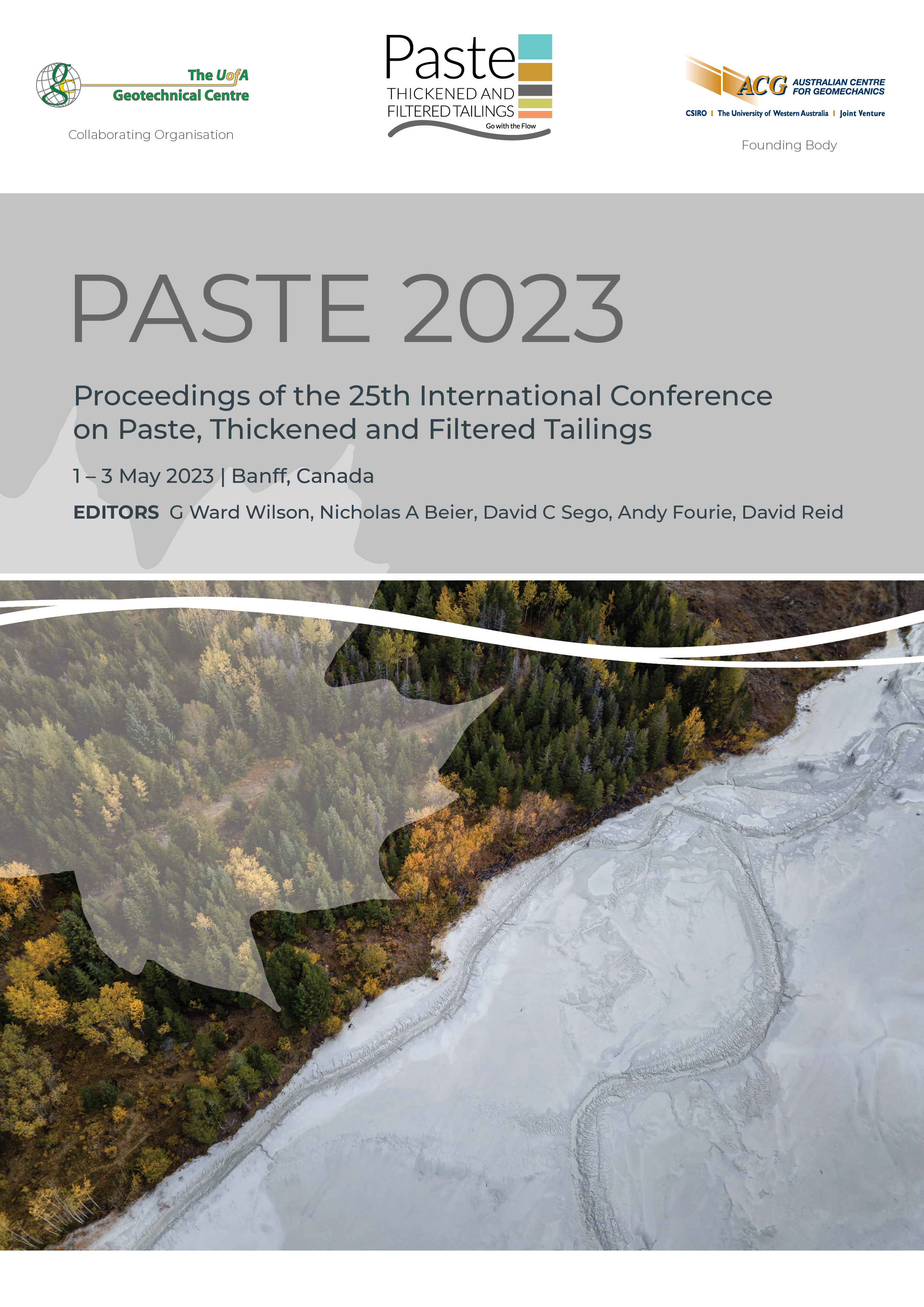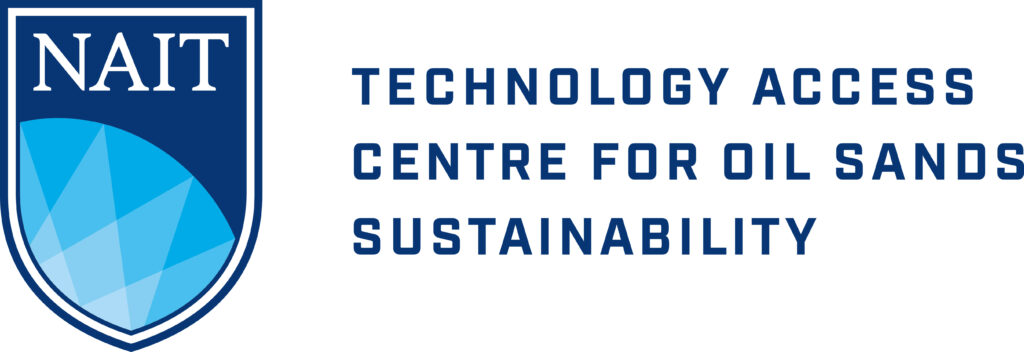Study of the reduction of resistance over time in specimens tested by uniaxial compressive strength for paste filling

|
Authors: Huillca, GN; Gonzales, GM |
DOI https://doi.org/10.36487/ACG_repo/2355_04
Cite As:
Huillca, GN & Gonzales, GM 2023, 'Study of the reduction of resistance over time in specimens tested by uniaxial compressive strength for paste filling', in GW Wilson, NA Beier, DC Sego, AB Fourie & D Reid (eds), Paste 2023: Proceedings of the 25th International Conference on Paste, Thickened and Filtered Tailings, Australian Centre for Geomechanics, Perth, pp. 60-70, https://doi.org/10.36487/ACG_repo/2355_04
Abstract:
This paper presents the results of a case analysis which was the product of a conceptual study of the paste fill mix design carried out for a polymetallic mine in southern Peru. Paste fill is a mixture of water, cement and tailings in a high density. It is used in underground mines to fill cavities resulting from rock extraction (galleries, chimneys, pits, among others) to provide the support needed to continue mining and avoid a possible collapse. The strength requirements for the primary paste fill were between 1.0 to 2.0 MPa, and for the secondary filler, between 0.7 to 1.0 MPa after 28 days of setting. The physical, chemical and mineralogical characterisation of the tailings to be used was carried out, as well as uniaxial compressive strength tests (UCS.) of the paste. The mineralogical characterisation allowed us to identify a high presence of siderite (26%) and kaolinite (12%), minerals that do not benefit from obtaining high resistance values. On the other hand, the UCS allowed us to identify that, after 28 days of curing, the resistance of the analysed specimens presented a decrease concerning the values obtained at 7 and 14 days of curing. Given this scenario, tests were carried out at 60 and 90 days of curing and detected that the decrease in resistance fell to values well below those required (a decrease in resistance of more than 40%). Analysing the results identified that the presence of sulfates in the tailings possibly generated gypsum crystals during mixing. When they grow, these crystals break the cement bonds over time, affecting the integrity and resistance of the tested paste.
Keywords: paste fill, mining, sulfates
References:
ASTM International 2012, C150 Standard Specification for Portland Cement, ASTM International, West Conoshocken.
ASTM International 2014a, D422 Standard Test Method for Particle-Size Analysis of Soils, ASTM International, West Conoshocken.
ASTM International 2014b, D854 Standard Test Methods for Specific Gravity of Soil Solids by Water Pycnometer, ASTM International, West Conoshocken.
Belem, T & Benzaazoua, M 2008, ‘Design and application of underground mine paste backfill technology’, Geotechnical and Geological Engineering, vol. 26, no. 2,
Yin, S, Shao, Y, Wu, A, Rao, Y & Chen, X 2017, ‘Deformation behaviors of cemented backfill using sulphide-content tailings’, in A Wu & R Jewell (eds), Paste 2017: Proceedings of the 20th International Seminar on Paste and Thickened Tailings, University of Science and Technology Beijing, Beijing, pp. 315–327,
Safarizadeh, A & Taheri, A 2021, ‘The effect of changing grinding cycle on the flow-ability of cemented paste backfill: effect of particle size distribution’, in AB Fourie & D Reid (eds), Paste 2021: 24th International Conference on Paste, Thickened and Filtered Tailings, Australian Centre for Geomechanics, Perth, pp. 453–460,
© Copyright 2025, Australian Centre for Geomechanics (ACG), The University of Western Australia. All rights reserved.
View copyright/legal information
Please direct any queries or error reports to repository-acg@uwa.edu.au
View copyright/legal information
Please direct any queries or error reports to repository-acg@uwa.edu.au



